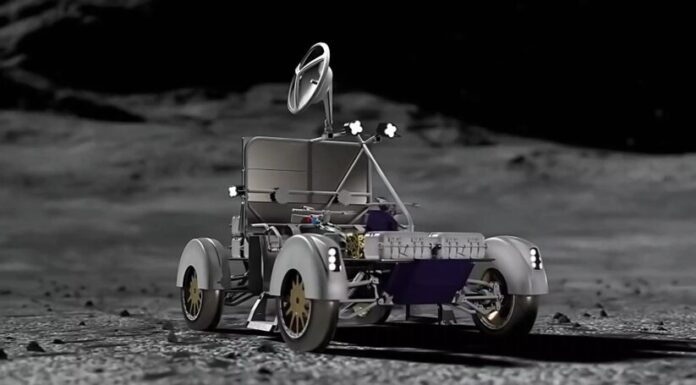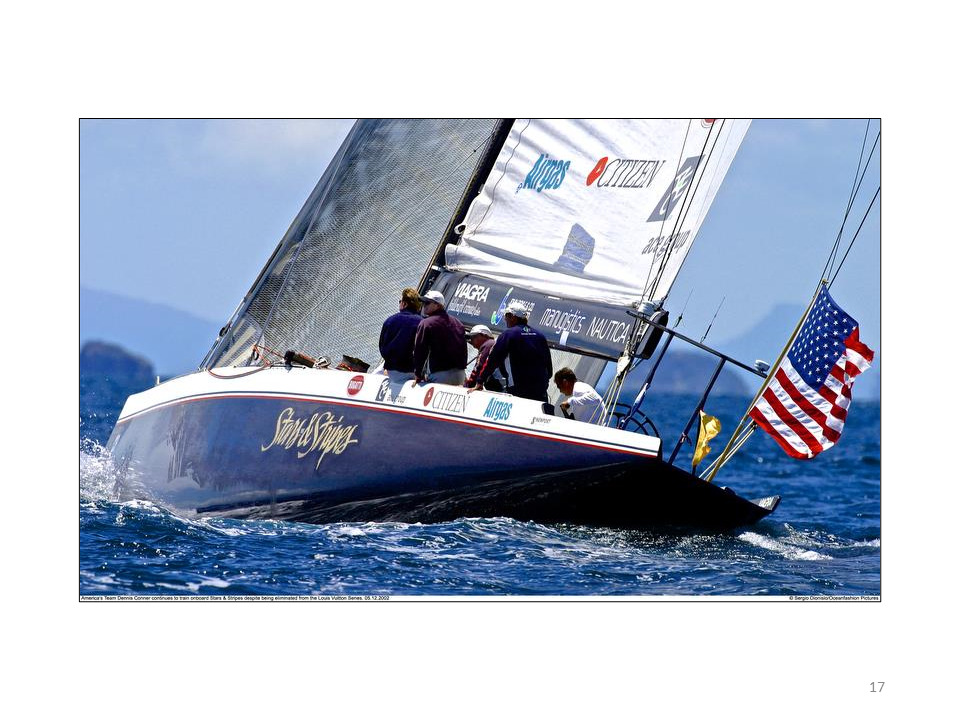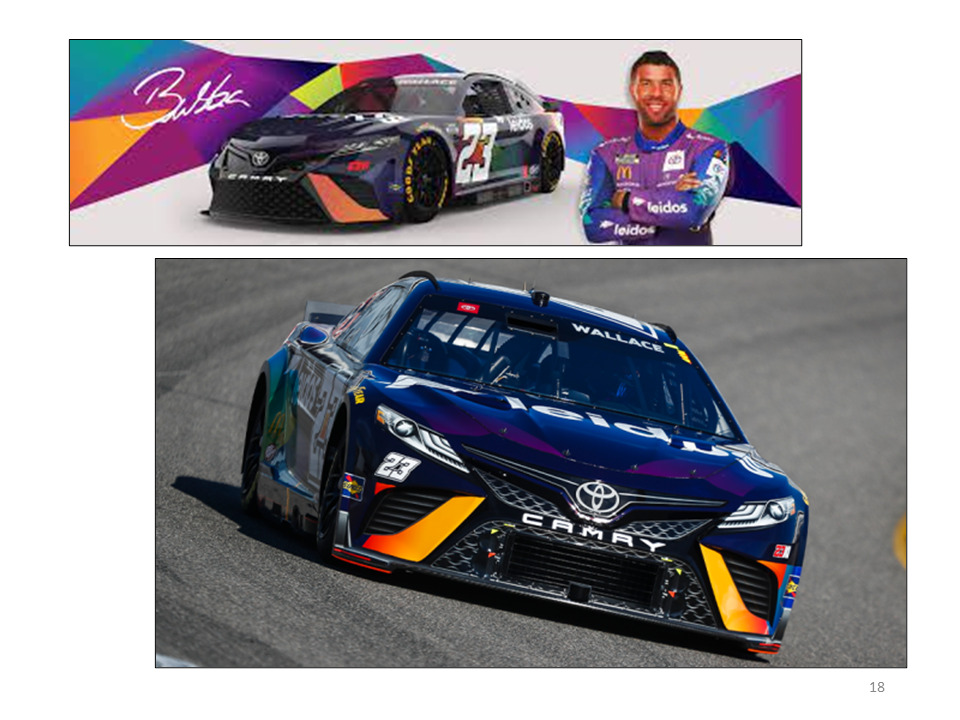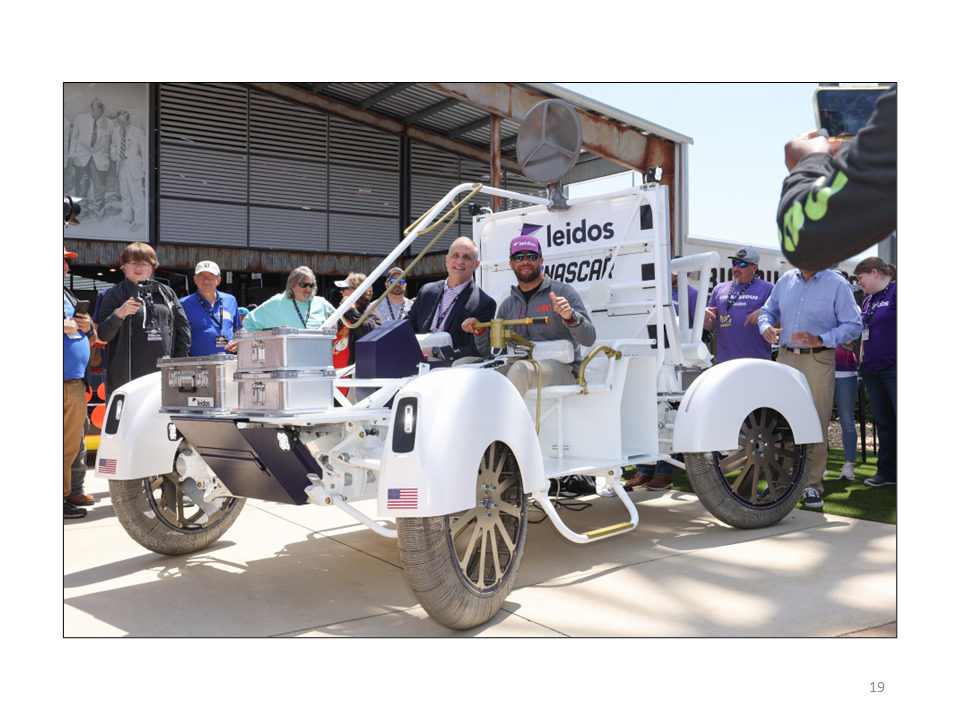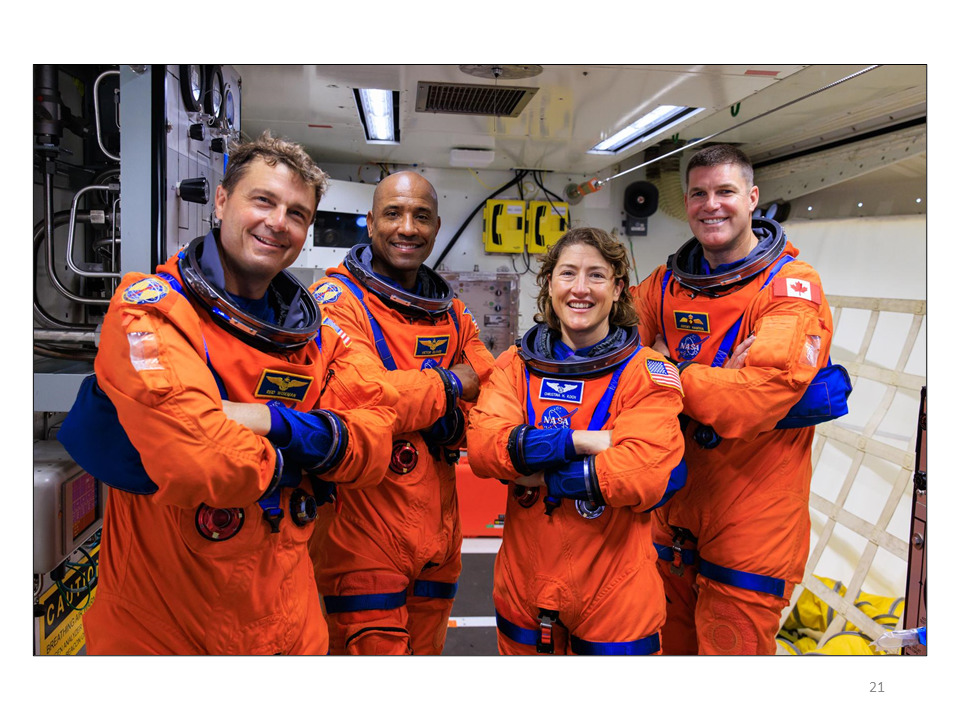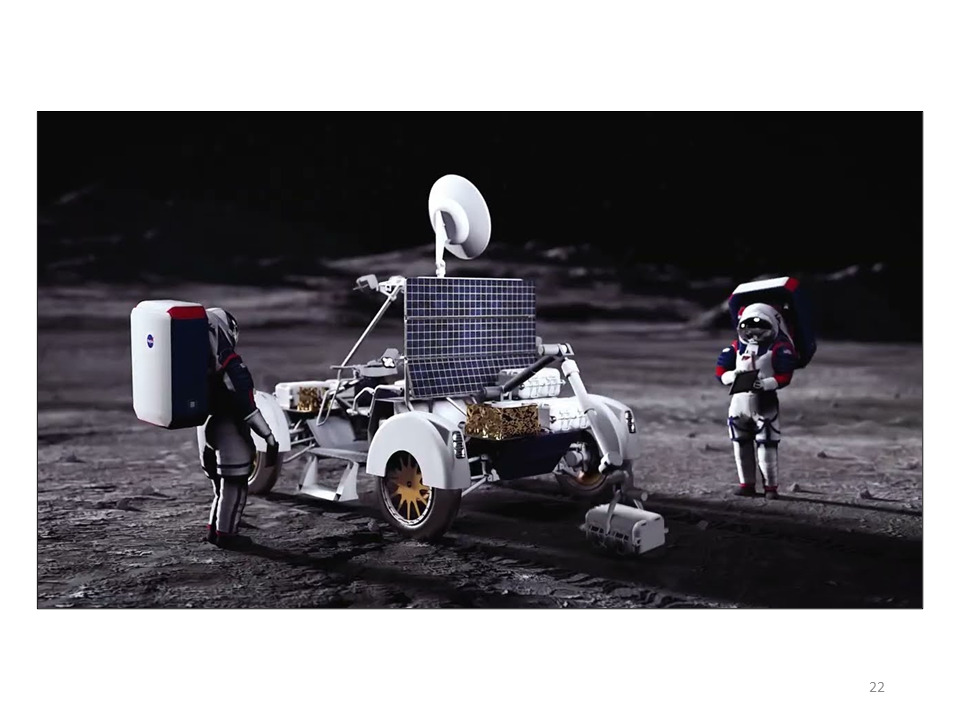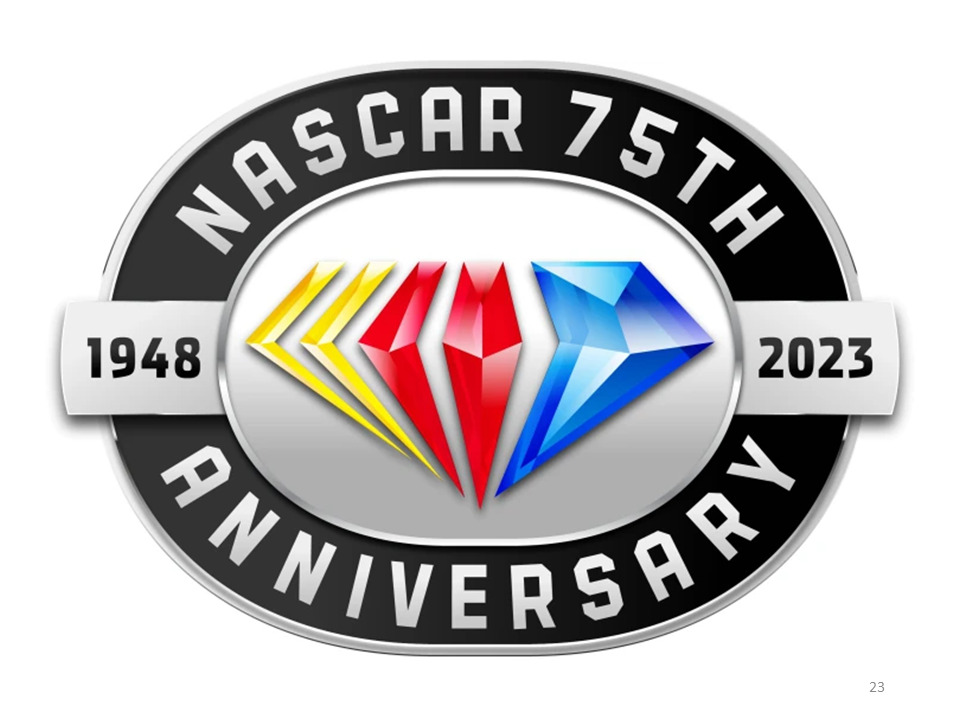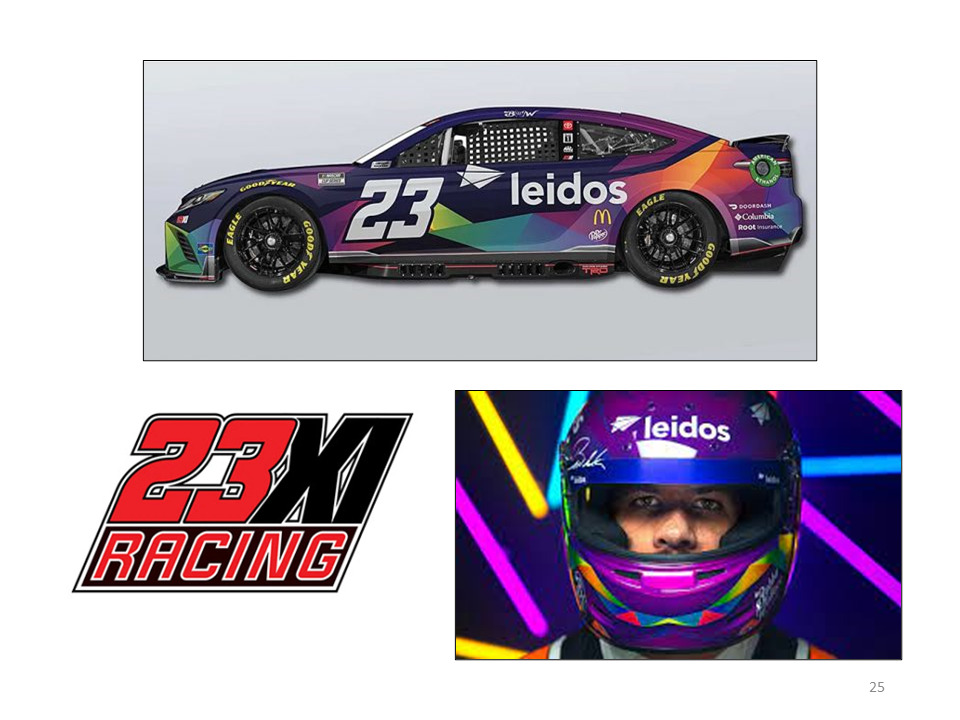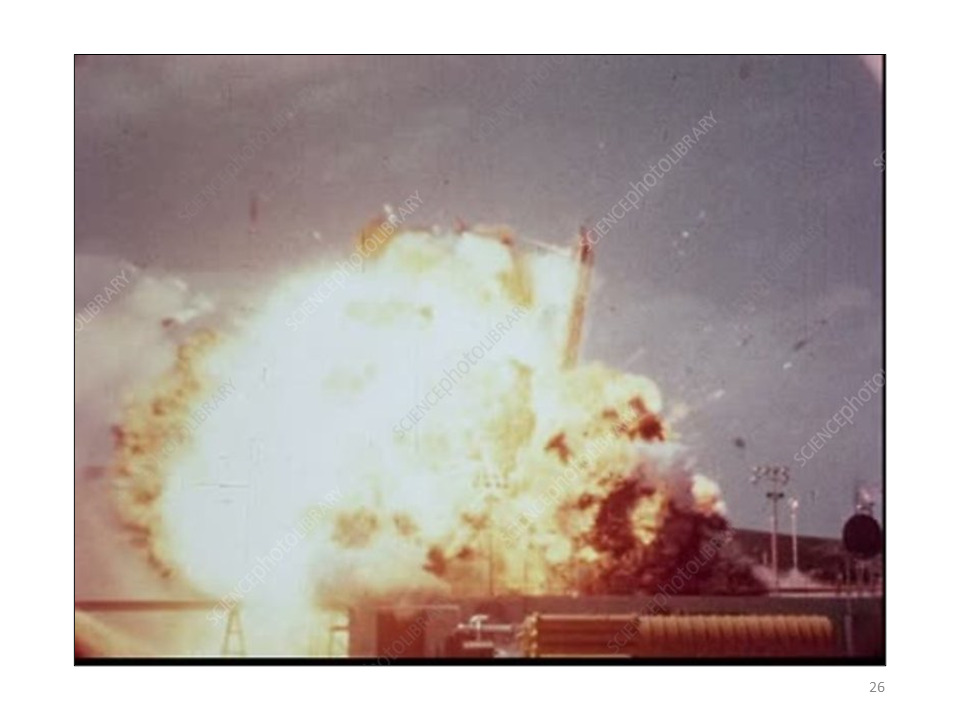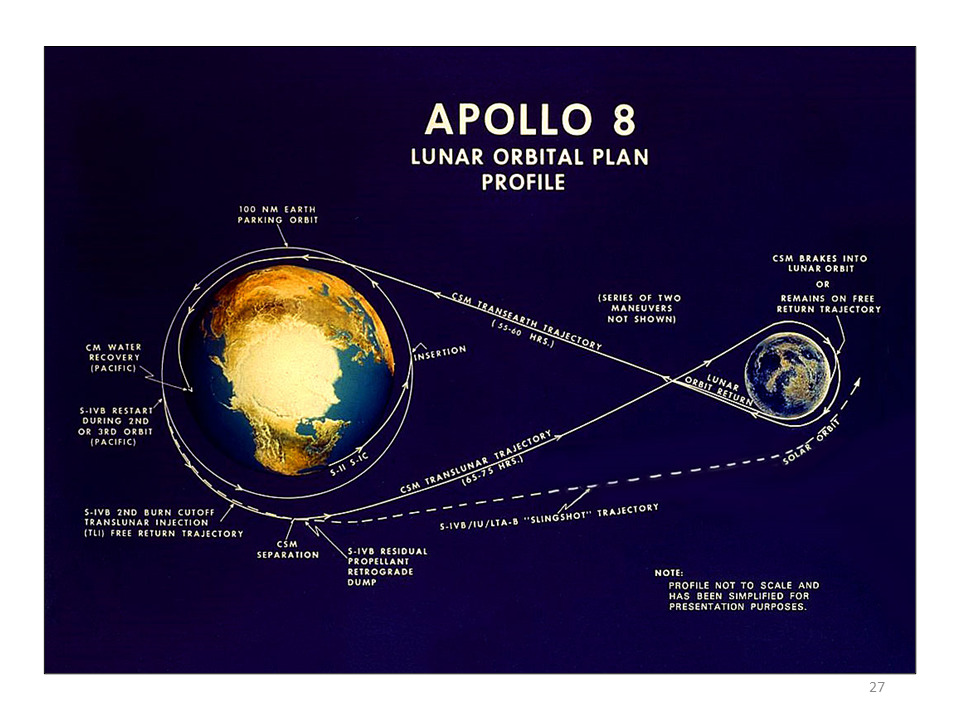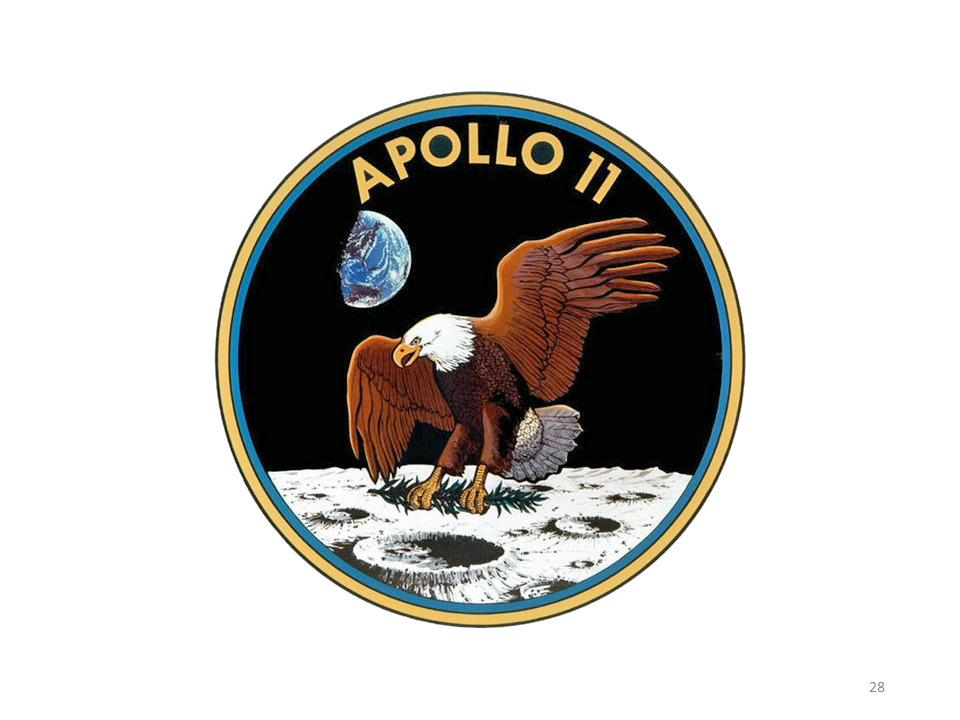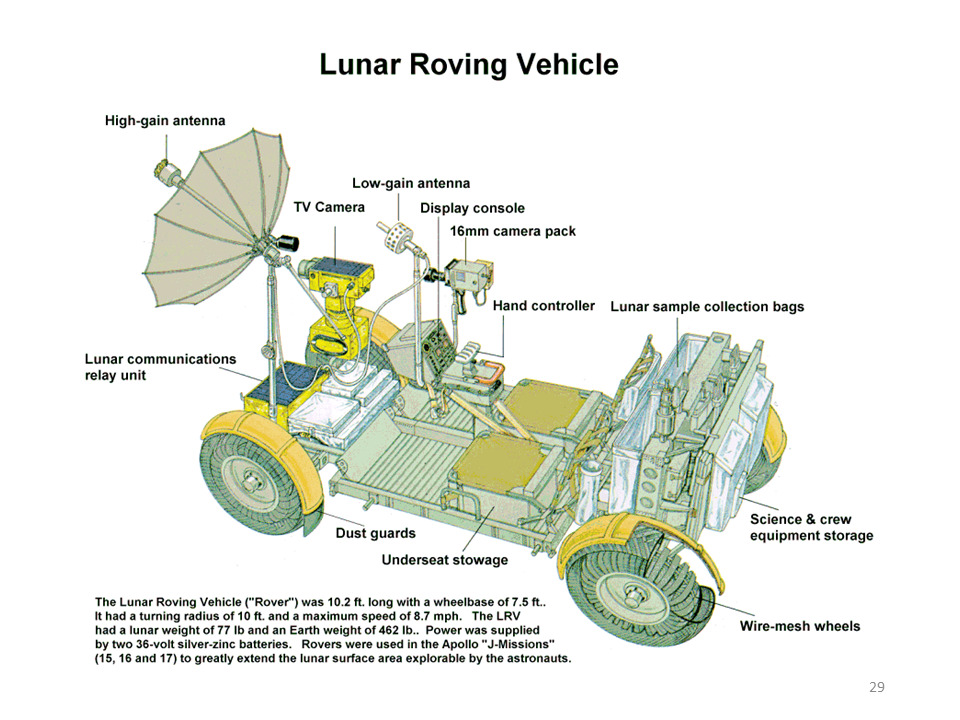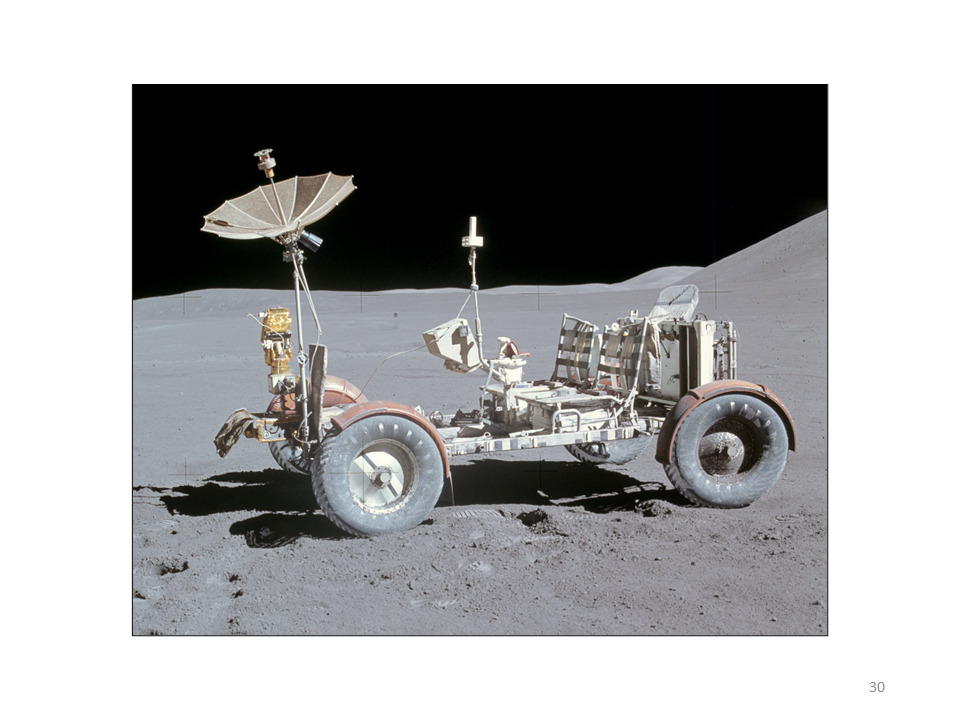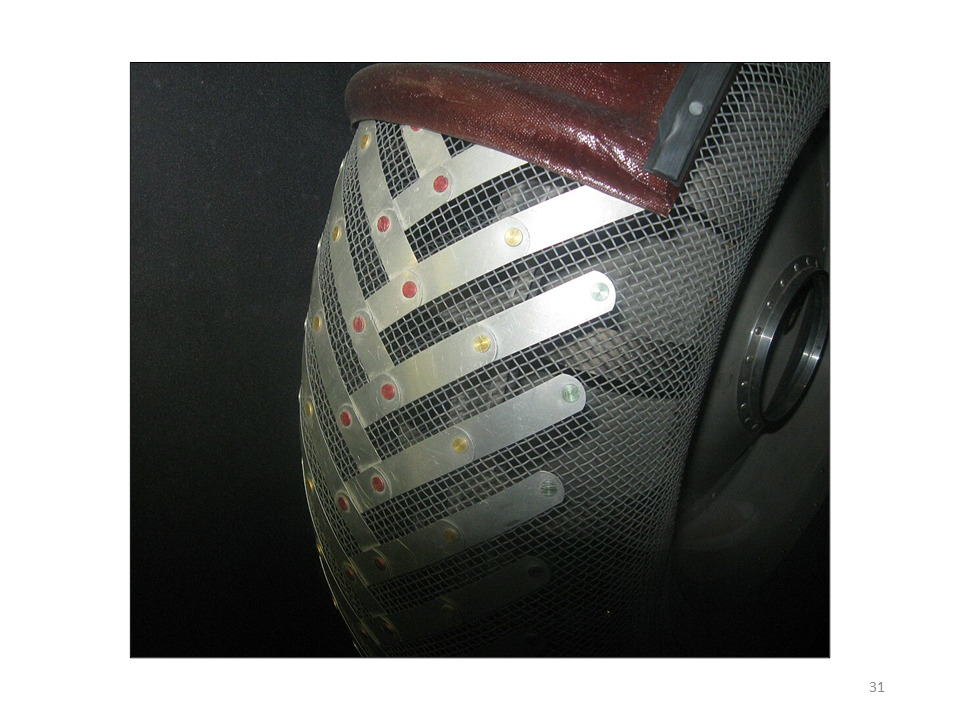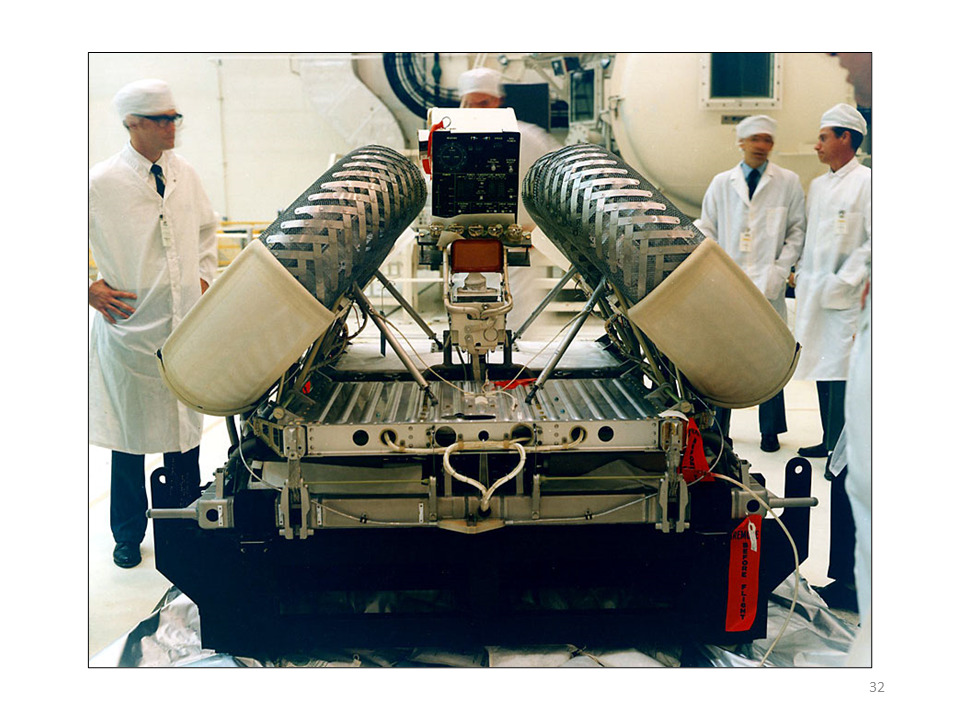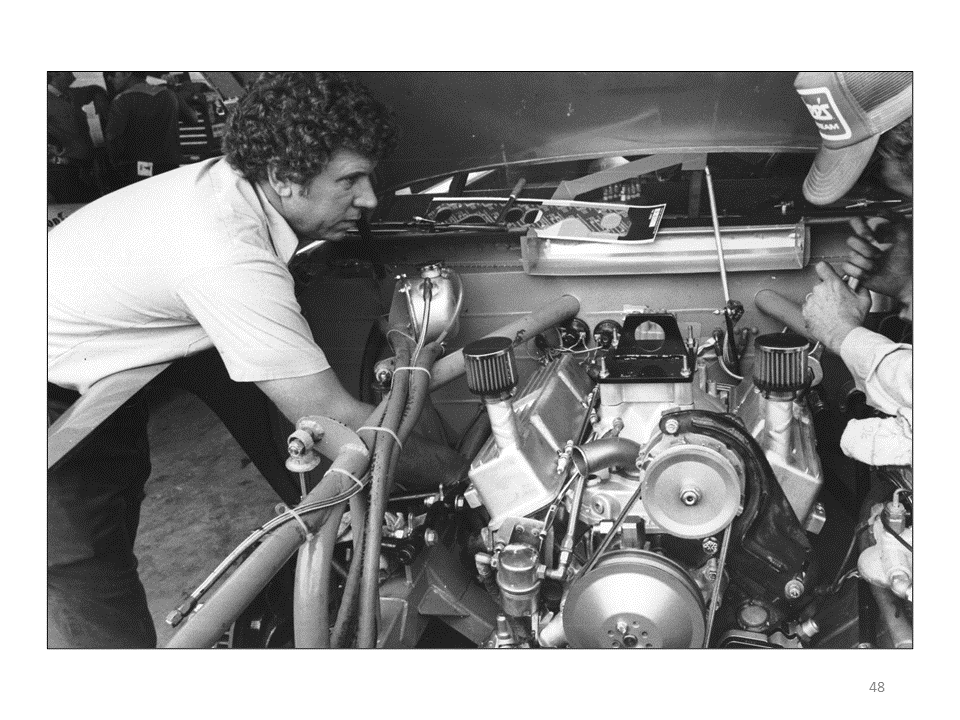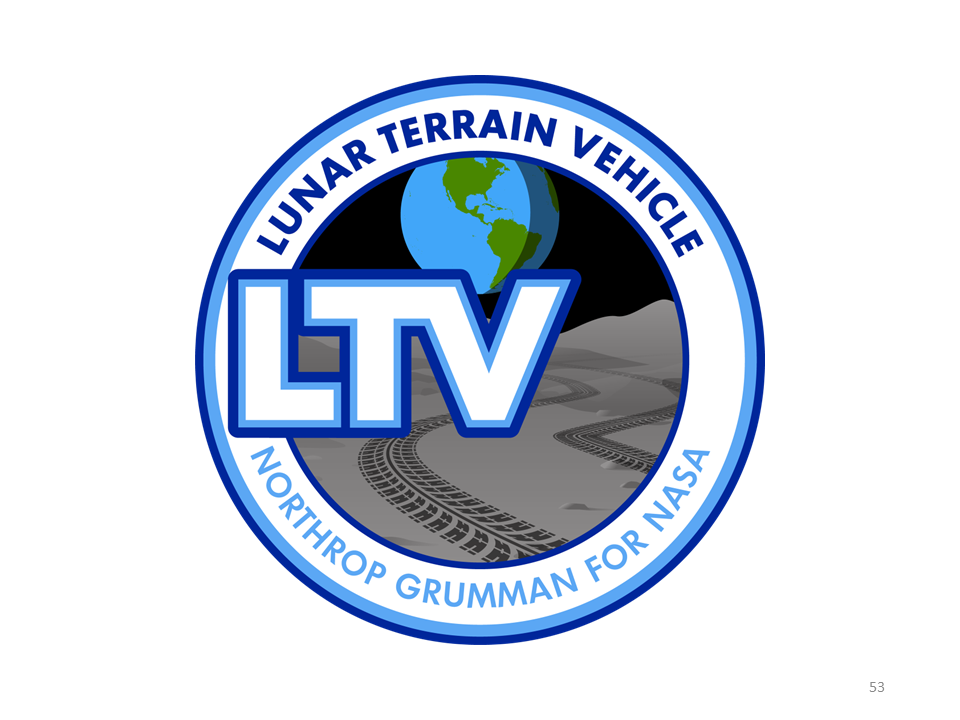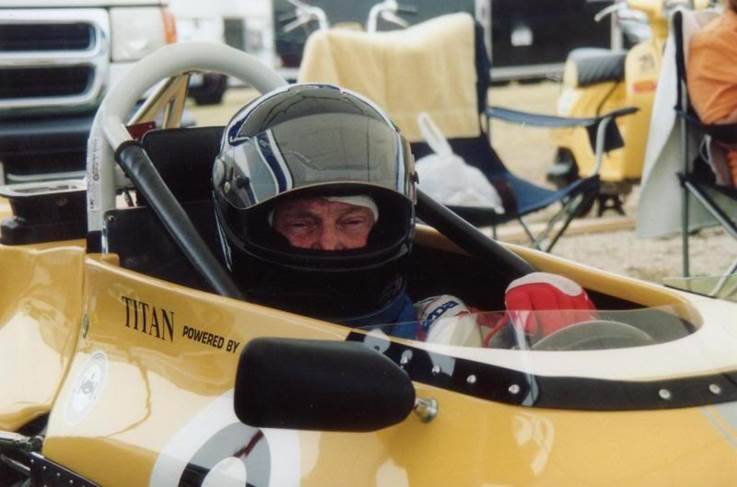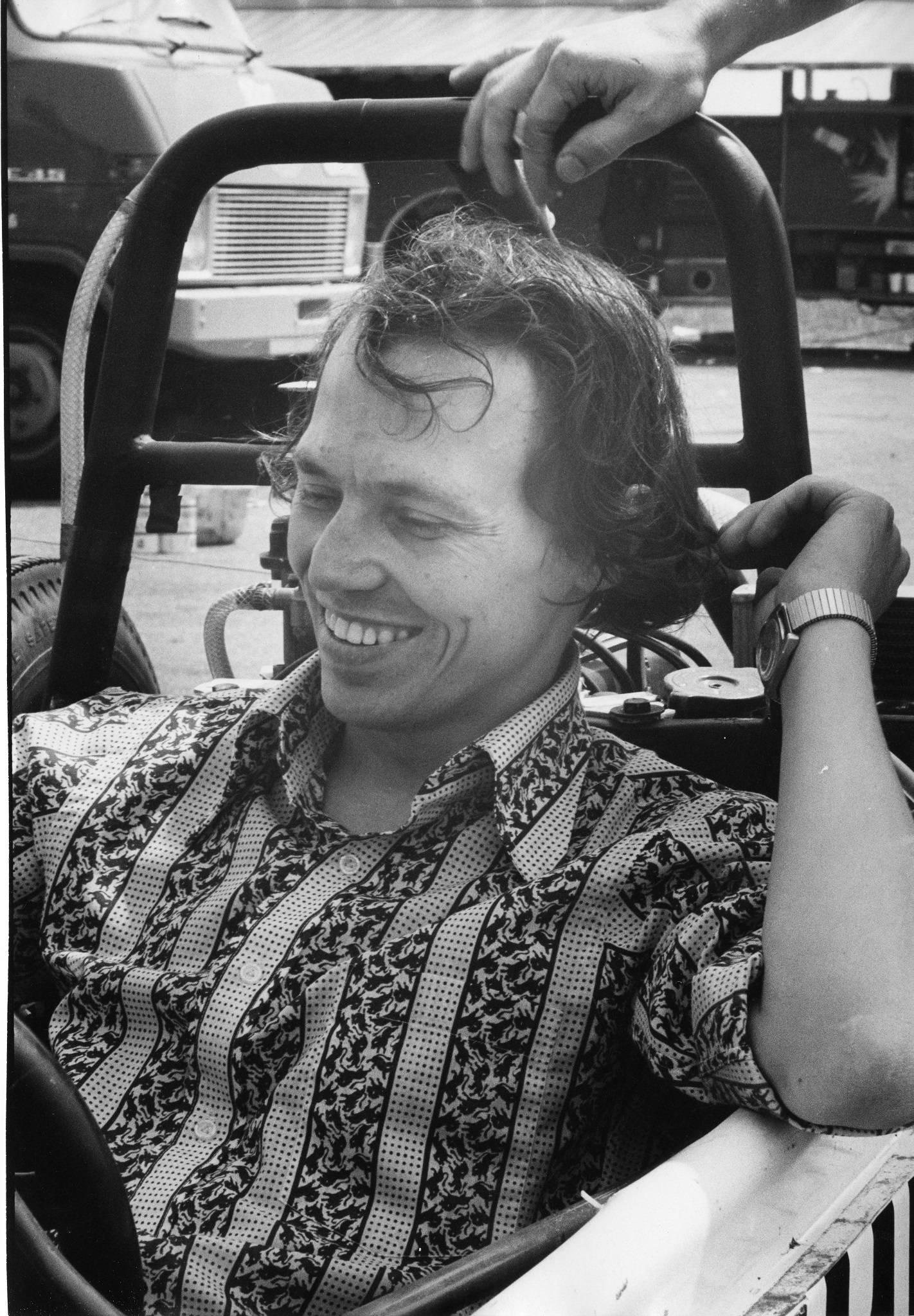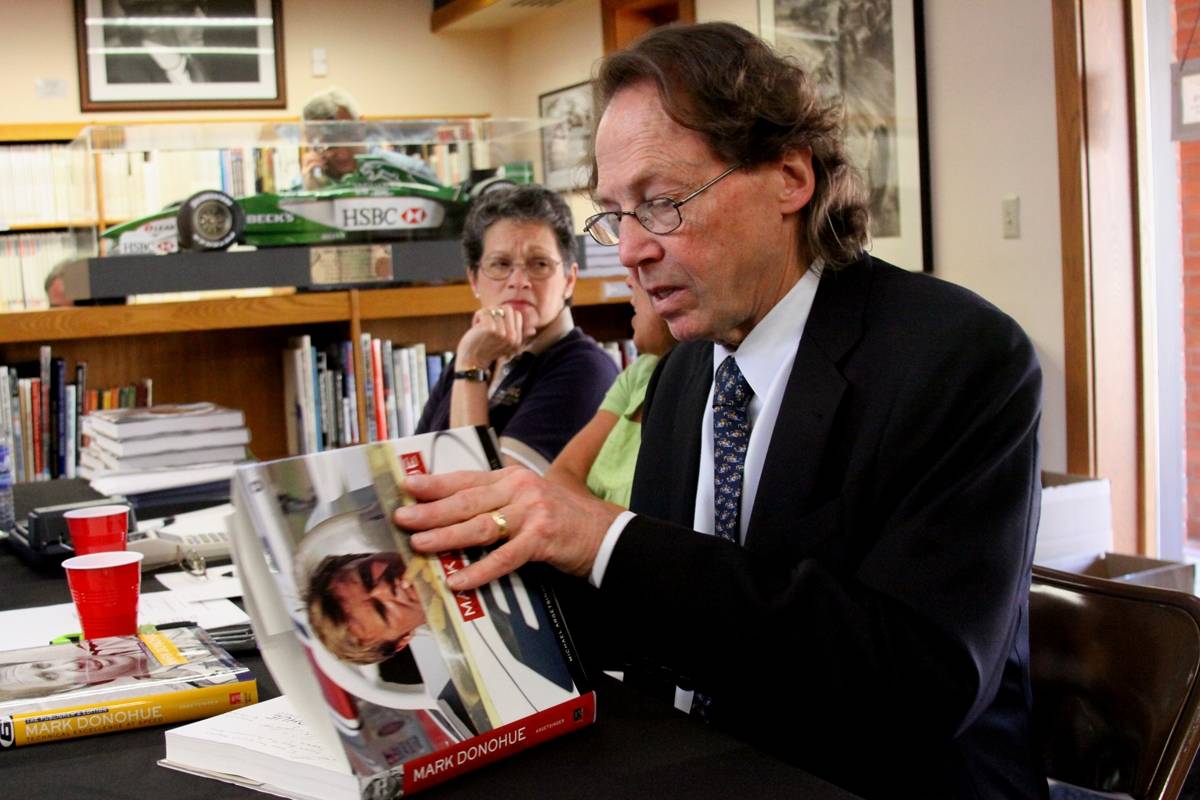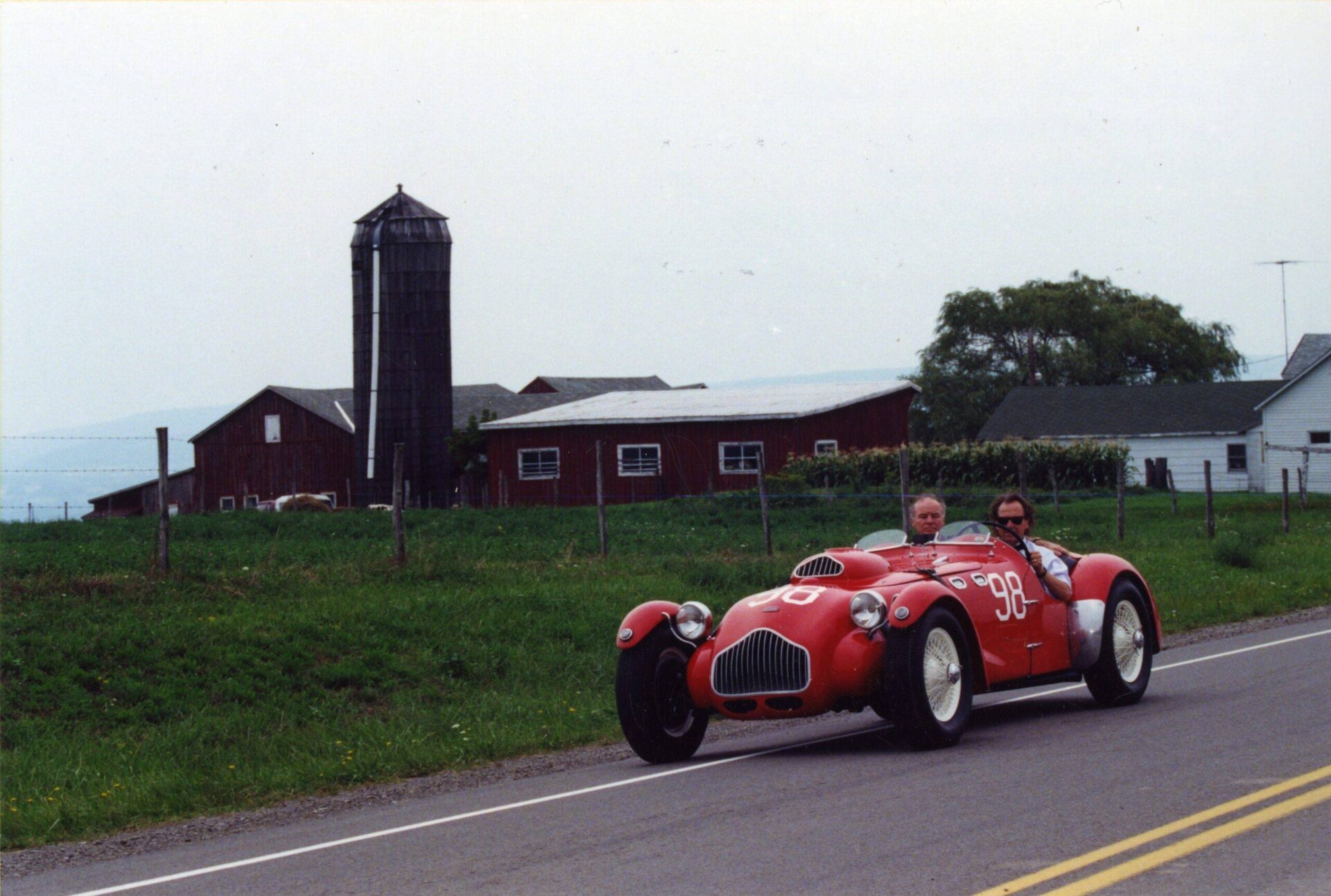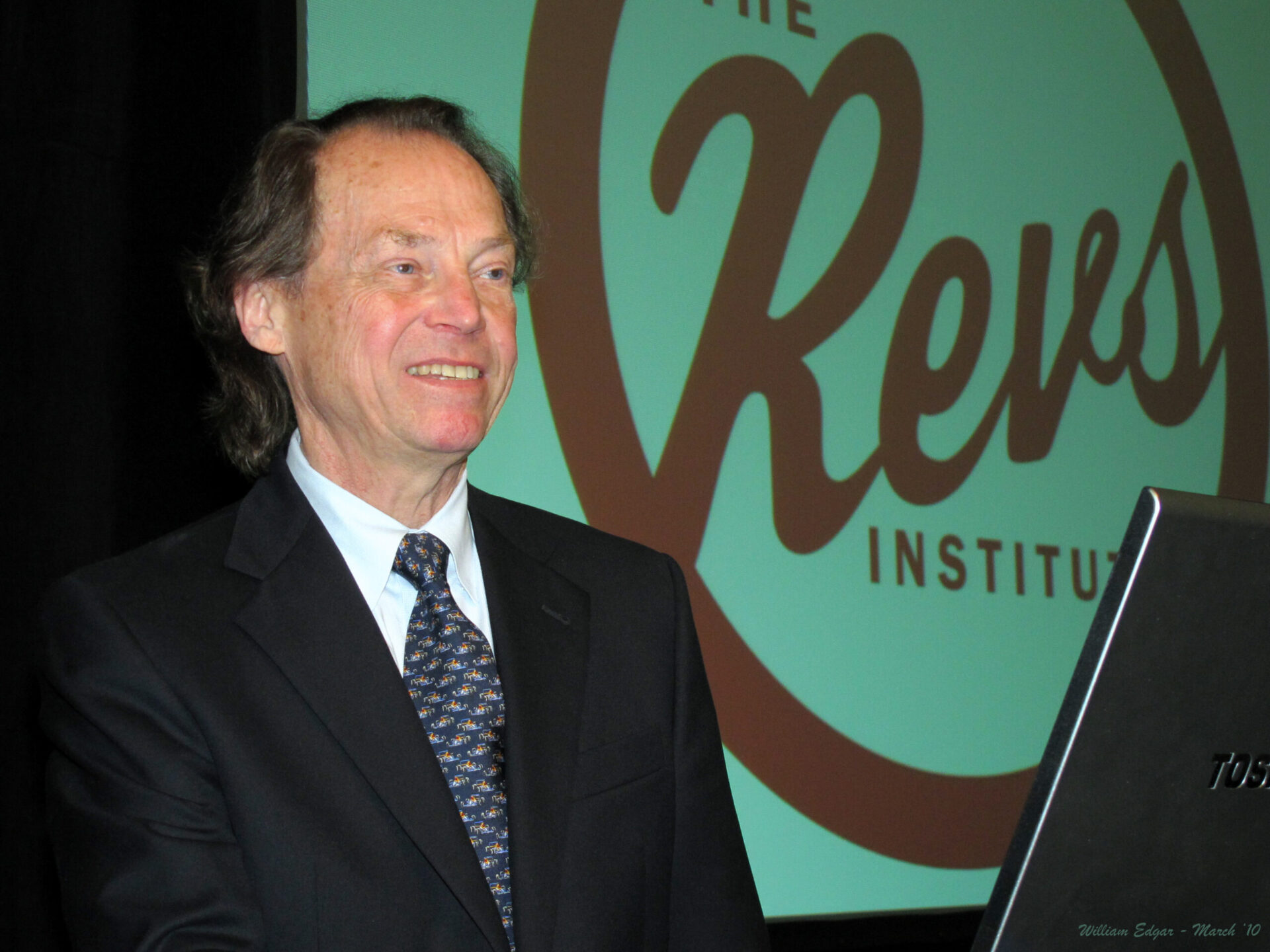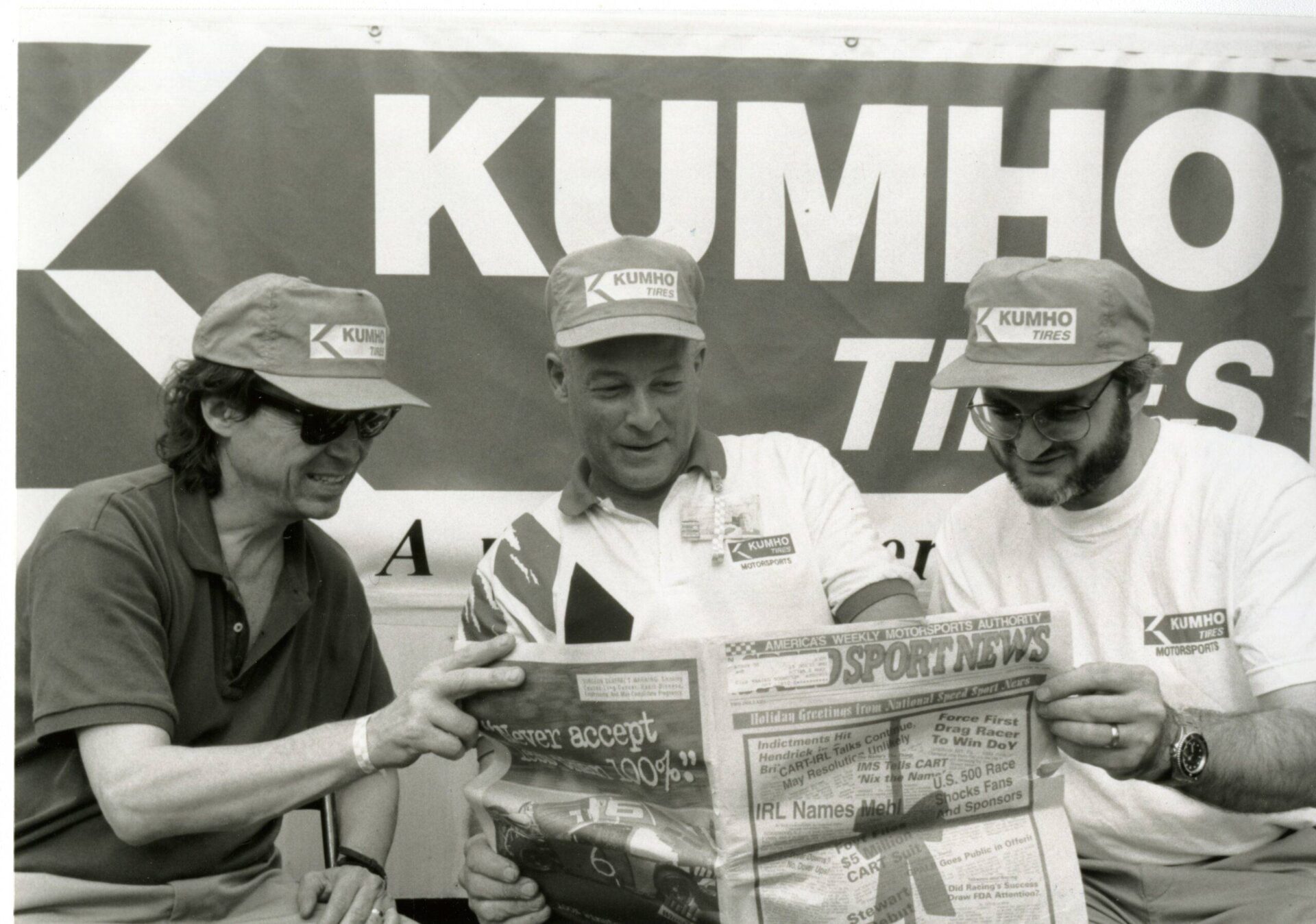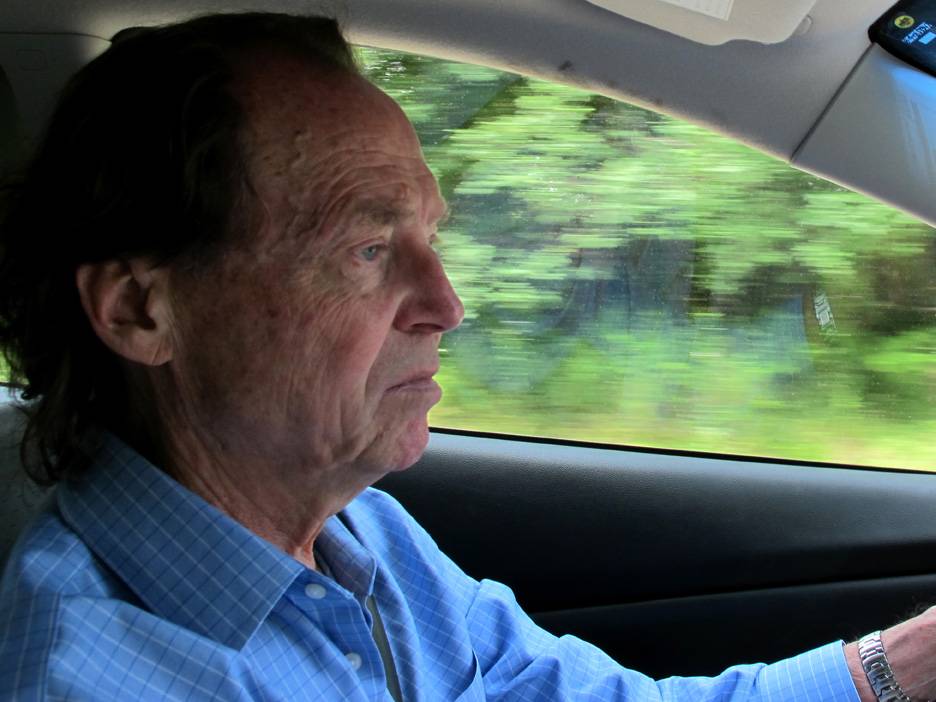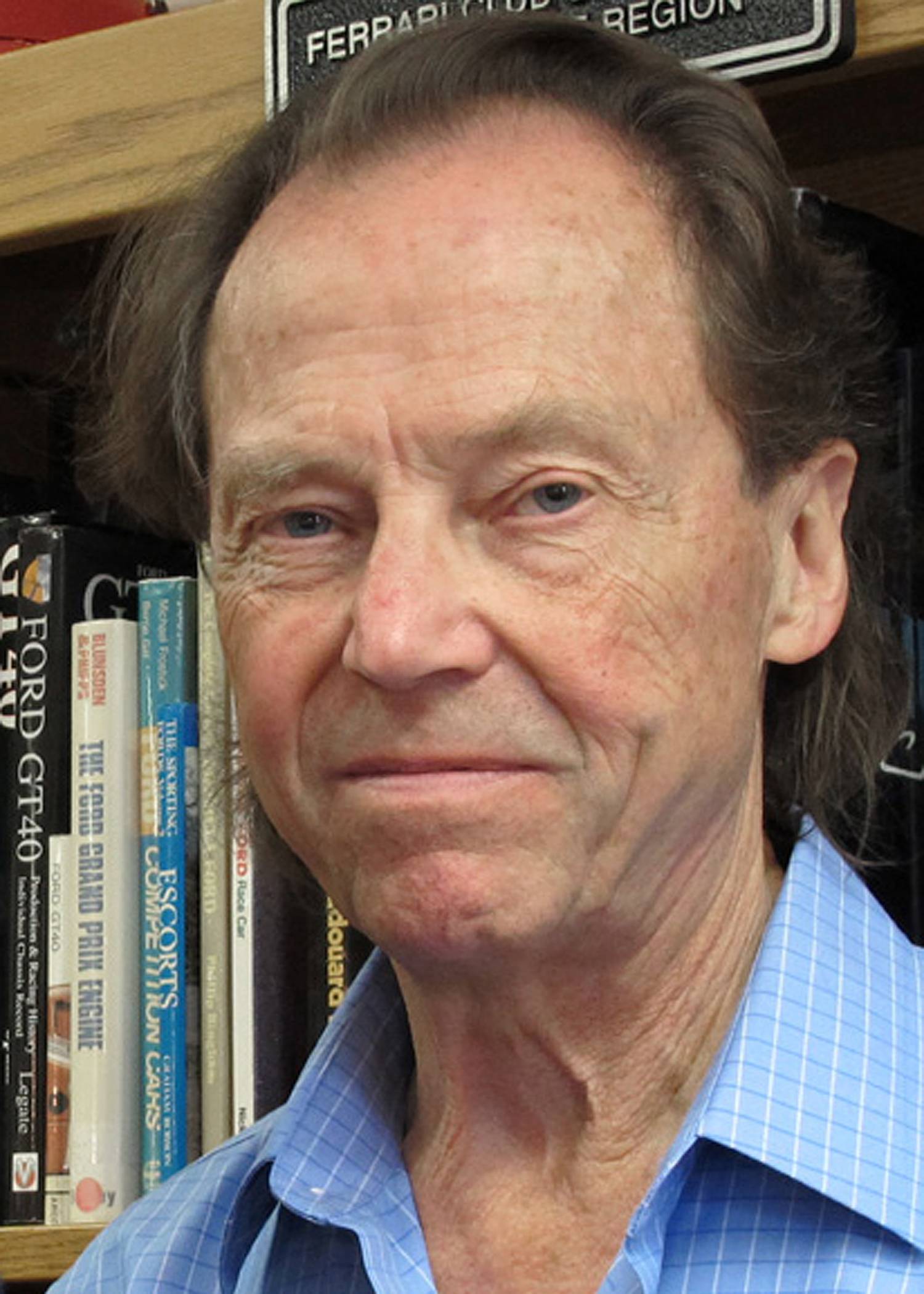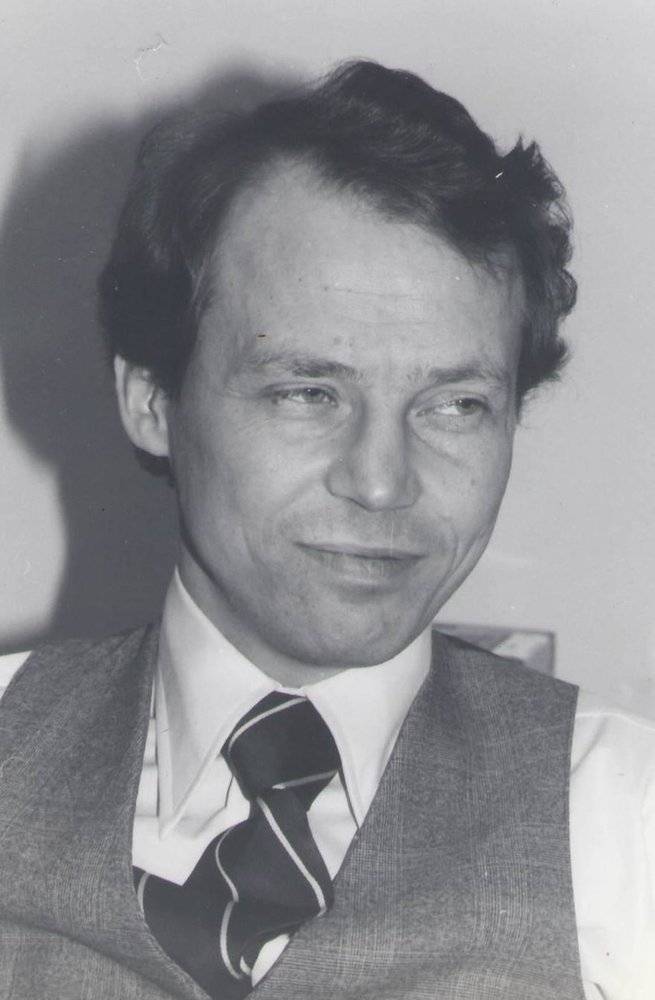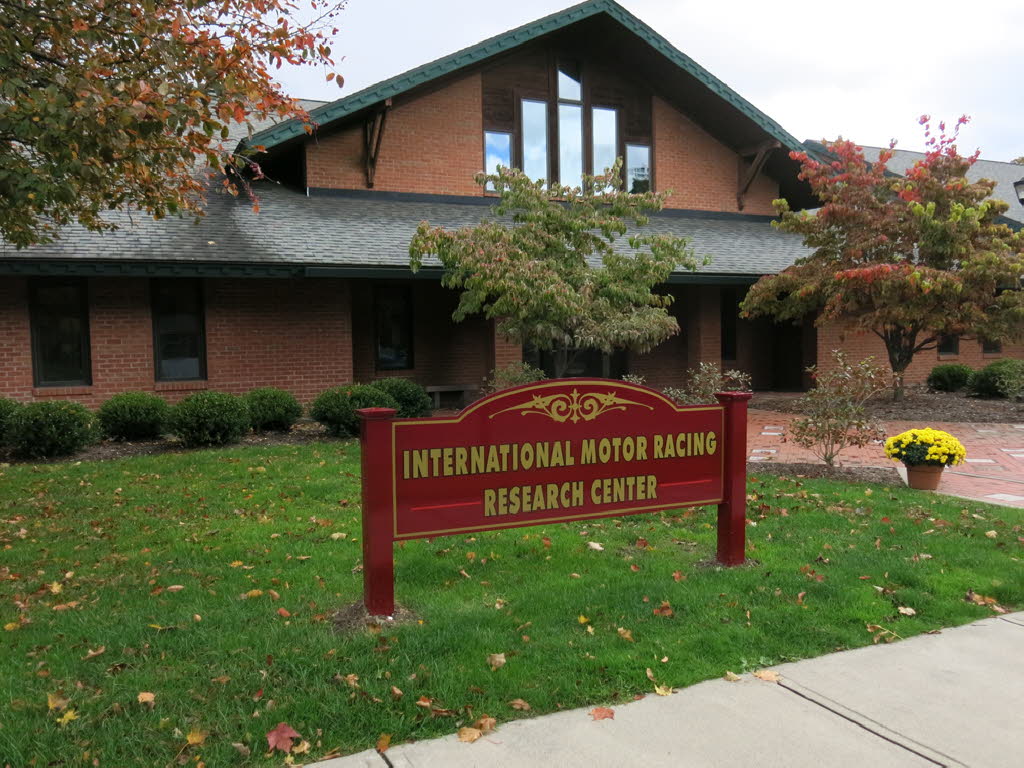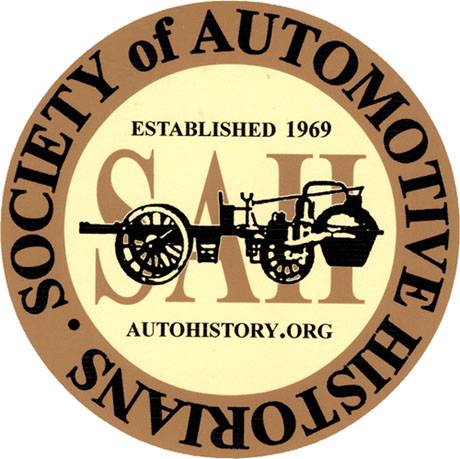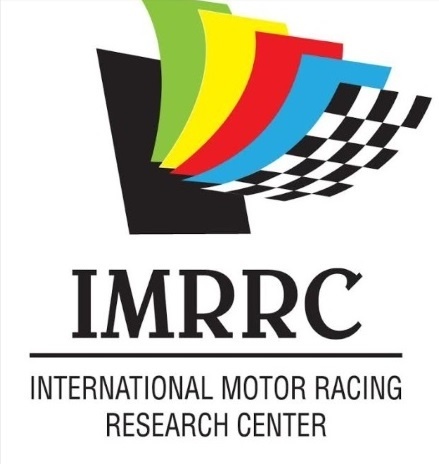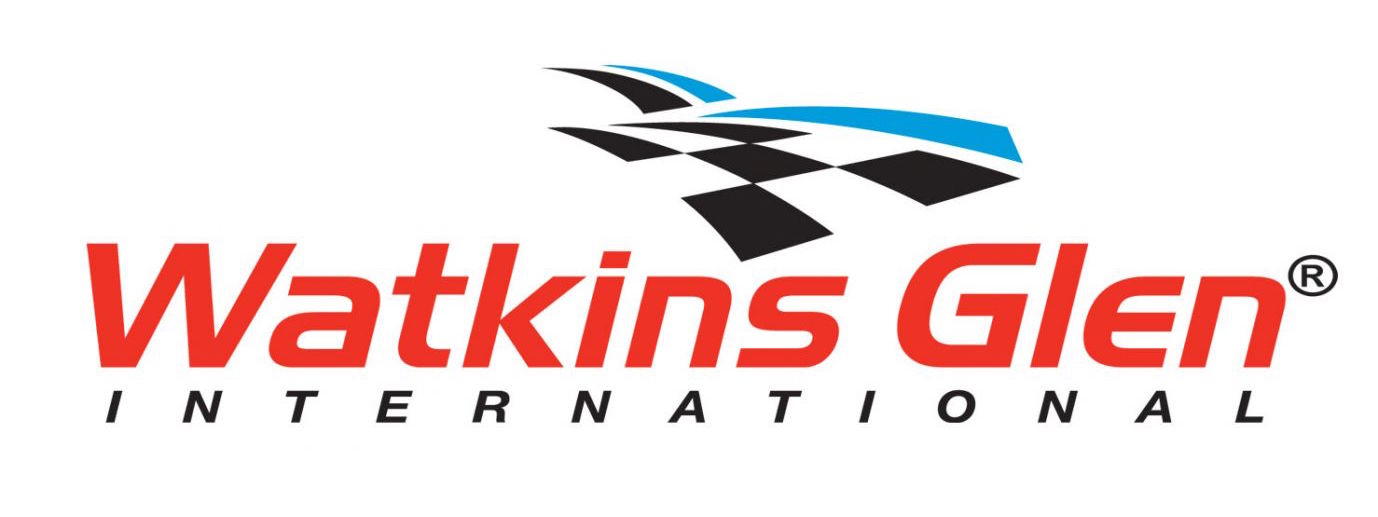This presentation examines the 2023 alliance between Leidos, the international high-tech engineering firm, and NASCAR to build a “Next Gen” Lunar Roving Vehicle (LRV). The paper looks at the adaptation of motorsports culture by the aerospace industry as space exploration grows more privatized and commercialized.
Additionally, the presentation looks at the history of NASA’s LRV program and how astronauts saw their rovers through the context of automobile racing. Both Leidos Dynetics and NASCAR are relying on particular language, imagery, and historic legacies to justify their partnership while trying to earn NASA’s new LRV contract by the end of November 2023.
Bio

Dr. Mark D. Howell has been involved with motosports his entire life. As a teenager, he tagged along with the NASCAR Modified pit crew of Brett Bodine, who raced out of Howell’s hometown of Dallas, PA. He earned a BA and MA from Penn State, and a Ph.D. in American Culture Studies from Bowling Green State University. His dissertation evolved into From Moonshine to Madison Avenue: A Cultural History of the NASCAR Winston Cup Series, published by The Popular Press/University of Wisconsin Press in 1997.
Howell is professor of communications at Northwestern Michigan College in Traverse City. He lives with his wife and son (and two dogs) in the village of Suttons Bay on Lake Michigan.
Notes
Transcript
[00:00:00] Break/Fix’s History of Motorsports series is brought to you in part by the International Motor Racing Research Center, as well as the Society of Automotive Historians, the Watkins Glen Area Chamber of Commerce, and the Argettsinger family.
Racing to the moon, NASCAR in space. By Dr. Mark D Howell. Mark Howell has been involved with motor sports his entire life. As a teenager, he tagged along with the NASCAR modified pit crew of Brett Bodine, who raced out of Howell’s hometown of Dallas, Pennsylvania. He earned a bachelor’s of arts and a master’s of arts from Penn state and a PhD in American culture studies from Bowling Green State University.
His dissertation evolved from Moonshine to Madison Avenue, a cultural history of the NASCAR Winston Cup series published by the Popular Press, University of Wisconsin Press in 1997. Howell is professor of communications at Northwestern Michigan College in Traverse City. He lives with his wife and son and two dogs in the village [00:01:00] of Sutton’s Bay on Lake Michigan.
This presentation examines the 2023 alliance between Leidos, the international high tech engineering firm, And NASCAR to build a next generation lunar roving vehicle. The paper looks at the adaptation of motorsports culture by the aerospace industry as space exploration grows more privatized and commercialized.
Additionally, the presentation looks at the history of NASA’s LRV program and how astronauts saw their rovers through the context of automobile racing. Both Leidos, Dynetics, and NASCAR are relying on particular language, imagery, and historic legacies to justify their partnership while trying to earn NASA’s new LRV contract by the end of November 2023.
Our next presenter, good friend of mine for many years now, Professor Mark Powell, is going to talk about something that got my attention, racing to the moon, NASCAR in space. Mark, it’s yours. [00:02:00] This is part of a project that’s been ongoing and it’s started off as kind of a vanity project because I grew up following the space program like everybody else wanting to be an astronaut and then realizing I just didn’t have the right stuff as they say.
I have applied to be an astronaut but I was turned down. But then my interest in motorsports and growing up around motorsports. I saw a connection between the manned space program And motor racing. I started doing some research, that was probably five or six years ago. This thing is really kind of, as I said, taking a life of its own.
With that, we will get into this. I’ve got some video, so bear with me. I’ve got just a few couple of minute clips that we can look at. My mother, Virginia, loved three things. Her family, naturally, NASCAR competition, she was a huge NASCAR fan, and the music of Vaughn Monroe, the band leader with a baritone voice and a catalog of hit recordings that included the famous 1941 [00:03:00] tune, Racing with the Moon.
Little did anyone guess that at some point, stock cars and this World War II era song would collide in a form of corporate and technological connection in 2023. It was this past April when Leidos, a Virginia based high tech engineering and design firm serving the defense, health, and intelligence sectors, announced its technical affiliation with NASCAR.
A statement coming just as the sanctioning body began celebrating its 75th anniversary in sports. Their partnership ultimately resulted in a next gen Lunar Terrain Vehicle, or LTV, for NASA’s return to the moon. through its impending Artemis program. The Leidos NASCAR LTV debuted in Colorado at the Space Foundation’s 38th [00:04:00] Space Symposium.
And this is a clip from the unveiling. Hi everybody, I’m Jonathan Pettis, Senior Vice President for Aerospace, Civil, and Defense at Leidos. And again, thank you all for being here, and thanks to Pete for being here. We’re super excited. About this partnership. I think the goals and the themes and the emphasis areas that NASCAR has for the future are shared greatly with what NASA is pursuing and what one of the reasons we’re so proud to partner with NASA on the Artemis program.
And as you have a chance during the next couple of days to visit our booth, you’ll see a wide variety of things we’re doing in the space. world, but obviously several different roles in the Artemis campaign. We couldn’t be more proud to be part of that. From the NASCAR partnership perspective, their deep experience and capability in developing high performance vehicles in harsh environments is something that obviously can help us a great deal as we engineer this vehicle.
And so we’re looking forward to tapping into that talent. For [00:05:00] example, the most recent effort they’ve had in designing their next June race car. If you look at some of the principles that they use to develop that new vehicle, they’re shared with some of the criteria and principles that NASA needs for a sustainable lunar terrain vehicle.
In terms of the focus on fast and agile maintenance, agile replacement of parts, designing for maintainability, who could be better at that problem? Then an organization that has to focus on high speed maintenance and pit stops. And so taking that innovation and their experience in that we think is really important to how we want to approach this problem again to develop a safe and sustainable vehicle.
And then finally NASCAR. is very good at connecting sponsors, and we are excited about what that may mean in terms of our commercial plans for the future and how we can leverage their expertise relative to our commercial pursuits. [00:06:00] We think there’s a lot of opportunity there, and so we’re super excited about that.
So without further ado, I think we have Steve and Pete in pole position. So, ladies and gentlemen, I have introduced to you the Leidos NASCAR Lunar Terrain Vehicle. Leidos
sought out NASCAR in part, as you heard, because of the organization’s development and implementation of its next gen Cup Series race car. This version of stock car It’s been in use since 2022, and it continues the tradition of NASCAR’s somewhat creative interpretation of the term stock. The next gen, or Gen 7 car, is what you might call a spec vehicle.
Cars are built according to a rigid set of guidelines using specially manufactured components [00:07:00] sold to teams by NASCAR approved companies. Using standardized parts and pieces registered with an official UPC is intended, theoretically at least, to lower costs and eliminate advantages enjoyed by better equipped teams.
Next gen cars use chassis built by a single supplier. With standardized front and rear clips for consistency, ease of replacement, and safety. We saw this system in operation last season when NASCAR re engineered rear clips after Alex Bowman and Kurt Busch were both injured in rear end collisions when impact energy was transferred into the cockpits of their cars.
So much to the point that Busch actually had to retire from competition because of his injuries. The Next Gen Cup Series cars also run composite body panels that are easier to use, easier to maintain, and more difficult to [00:08:00] massage, shall we say, into an advantageous shape. A forward thinking feature of the Next Gen Cup car is its ability to accommodate hybrid technology.
The car runs on 18 inch wheels that allow not only for larger brakes, but for the addition of regenerative equipment as well. As the automobile industry looks to both hybrid and fully electric vehicles, so too does NASCAR. Given its emphasis on consistent components and energy conservation, maybe it’s no wonder that a cutting edge systems development firm like Leidos came calling.
Leidos Dianetics, the aerospace division of Leidos, also forged relationships with recognized motor racing entities like Roush Industries and Moog Suspension Components, both of which have long standing ties to NASCAR. A key element of these partnerships is NASCAR’s ability to develop, quote, high performance vehicles for [00:09:00] harsh environments, as you heard the Leidos executives say in the press conference.
A far more interesting notion, however, is NASCAR’s ability to attract corporate and industry sponsors. You also heard that comment made. Especially as modern space exploration becomes privatized and commercialized. Leidos was founded in 1969 and today is a Fortune 500 company boasting a little over 46, 000 employees.
The firm began as Science Applications Incorporated. With initial clients like Los Alamos National Laboratory and the Air Force Weapons Laboratory. SAI supervised the cleanup at Three Mile Island in 1979. I went to graduate school right across the river from Three Mile Island. You could see it from the parking lot at the college when you were…
And the company also helped engineer the boat Stars and Stripes to victory in the America’s Cup in [00:10:00] 1987. In 2013, SAI split into a next generation of sorts of SAI and a new firm called Leidos. Leidos fosters a corporate culture of diversity, equality, and inclusion, or DEI. The company became a primary sponsor of Bubba Wallace’s No.
23 Fast Car Cup Series Toyota Camry in 2022. In the words of Leidos CEO Roger Krohn, and I quote, Bubba’s efforts have paved the way for real change while advancing a culture of inclusion and diversity in NASCAR and across the world. We see this as much more than a sponsorship. It’s an opportunity to showcase our shared values.
We are proud to have Bubba Wallace representing Leidos. Both on and off the track. Bubba Wallace represented Leidos in April at the unveiling of its prototype Lunar Terrain Vehicle, a project seeking a [00:11:00] NASA contract for the Artemis program. The Artemis program is a good match for Leidos, given the program’s attention to DEI initiatives and guidelines.
The first Lunar Orbital Mission, which is scheduled for 2025, will carry both a female astronaut and an astronaut of color. The same demographic NASA wants when astronauts return to the Moon’s surface in the years to come. Accommodating the size of a female astronaut was part of Leidos initial LTV planning, but other factors were considered as well.
Those other factors were where NASCAR came in. Leidos considered NASCAR given the organization’s 75 year history of innovation and adaptability to all manner of extreme situations. Now, granted, a Sunday afternoon at Martinsville or Michigan… isn’t nearly as challenging on a vehicle as a Sunday afternoon on the moon, but the folks at Leidos weren’t about to quibble.
Partnering [00:12:00] with NASCAR during its Diamond Jubilee is about more than just winning a NASA contract. The partnership between Leidos and NASCAR is a most interesting affiliation. While Leidos recognizes NASCAR for its innovative approach to Cup Series racing, NASCAR recognizes Leidos as a corporate entity backing not only the sports foray into interesting new markets like the Chicago Street Race, but also a team co owned by perhaps the greatest basketball player in the game’s history.
Michael Jordan, by the way, if you didn’t know. What Leidos and NASCAR provide are not only new opportunities in motorsports, but also technological opportunities that harken back to the days of the Cold War. America’s space race with the Russians got off to a rough start in the early 1960s, but Uncle Sam got her dialed in by the end of the decade.
When Apollo 8 reached lunar orbit in 1968, [00:13:00] and when Apollo 11 reached the moon’s surface in 1969, the race was over. Those successes, ironically, led to the demise of future Apollo missions. With only six lunar flights remaining on what became a reduced schedule, NASA had to work smarter, not harder. Say hello to the Lunar Roving Vehicle, the most technologically interesting and aesthetically pragmatic machine ever built.
General Motors teamed with Boeing and Goodyear To develop the golf cart sized, all electric, all wheel drive, two seater, with both front and rear steering, just like a monster truck, capable of hauling about a thousand pounds at six miles an hour, a total distance of 40 miles. Made from aluminum, fiberglass, and kapton for thermal protection, and with wheels fashioned from flexible woven wire mesh, the [00:14:00] LRV folded to fit in the descent stage of the lunar module.
The vehicle could be unloaded and assembled by two astronauts in one sixth Earth’s gravity in about ten minutes. The LRVs on Apollo 15, 16, and 17 The LRVs enabled astronauts to explore terrain far away from their lunar modules. The LRVs also enabled astronauts to explore their innermost competitive natures.
Mission commanders who began as military test pilots cut from the same genetic cloth as race car drivers. pushed these moon buggies to their mechanical limits. Apollo 15’s Dave Scott drove the first Grand Prix, as it was called, and reached a top speed of 6 miles an hour before the rear wheels lost traction and his LRV started to slide.
John Young, commander of Apollo 16, reached about six miles an hour as [00:15:00] well before his rear wheels, likewise, lost grip and slid. And here is NASA footage of John Young doing his Grand Prix. In 1972. Okay, I’m ready. I’m not gonna[00:16:00]
go the other way.
Okay. Here is Sharpie. Yeah,
that sounds good. That sounds like we’ve probably got enough.[00:17:00]
Charlie Duke, who you heard narrating the Grand Prix there. Also, on a couple of occasions enthusiastically compared John Young to racing legend Barney Ofield, making two distinct references to America’s Speed King during recorded EVA communications with flight controllers. At one point, actually, they didn’t know who he was talking about, so then he had to explain, in kind of an aside, who Barney Oldfield was.
And once he explained it, then everything was okay. During Apollo 17, Commander Gene Cernan did what any truly competitive racer would do, and simply reinterpreted the rules of the event. His Grand Prix resulted in a top speed of 11. 2 miles per hour, but only because he ran a downhill route. Cernan’s LRV record has stood for more than 50 years.
But who’s to say the 2023 [00:18:00] Leidos NASCAR LTV won’t shatter Cernan’s 1972 mark? Preliminary data suggests the new vehicle will have a top speed of 9. 3 mph and a gradeability of more than 20 degrees. Add a female astronaut and a downhill route, and it’s likely NASCAR will be truly renowned for what it brought to the project.
A competitive focus based on next gen inspired design principles, like fast and agile maintenance that are also useful for a lunar rover, as we heard during the press conference. An old school NASCAR mindset was necessary when it came to fast and agile maintenance on the Apollo LRVs. On Apollo 17, an errant rock hammer broke the right rear fender.
causing thick clouds of moon dust to cover the astronauts and all of their sensitive equipment. Gene Cernan made a quick repair using lunar maps, duct tape, and clamps, [00:19:00] building a replacement fender, and earning himself lifetime membership in the Auto Body Association of America in the process. We used to see spur of the moment, seat of the pants problem solving like this in NASCAR all the time.
But the standardized and compartmentalized nature of the next gen cup car has turned creative thinking into more of a remove and replace reality. Despite all of this, Leidos still waxes romantically about the NASCAR of old. Here’s a video the company released recently on YouTube.[00:20:00]
President Kennedy, in a speech at Rice University, committed the United States to being the first nation to put a man…
Not because they are easy, but because they are hard. Because that goal will serve to organize and measure the best of our energies and skills. Because that challenge is one that we’re willing to accept, and one we intend to win.
Ignition sequence starts. Three, two, one. We have a liftoff. [00:21:00] Throughout our history, we move forward. From advancements in engineering, to pushing the limits of what we once deemed impossible. Forward isn’t just our trajectory. It’s the whole point. Keep running, flat out! That’s the, the Eagle has landed. Ah, ah, ah, ah, ah!
We are the champions, yes! We choose to move forward. Not because it’s easy, but because it’s hard. From breaking the barriers of space. To shattering glass ceilings for those whose guts and determination move us past our limits to unimagined heights. Our history is one of innovation and ingenuity.
After all, always forward has no limits. [00:22:00] Any questions? Alright, let me leave you with this. We do this. We choose to go to the moon. Not because it’s easy. Because it’s hard.
Okay, I’m just gonna do a little editorial aside here. If you’ll notice, under diversity and equality, they show a picture of Danica Patrick. To me, if I were on the creative team, I would have had footage of Janet Guthrie, because Janet Guthrie was actually an aerospace engineer, and actually knew her way around the inner workings of a car.
And she was a woman. Danica Patrick, I think now she just does podcasts that are like conspiracy theory things. I don’t know, just an editorial aside there. I will move on now. The relationship Leidos has [00:23:00] developed with NASCAR is two fold. One aspect of the partnership focuses on more recent NASCAR innovations.
Not just the next gen car, but also this past summer’s Garage 56 NASCAR by way of IMSA project we saw at Le Mans. The other aspect celebrates NASCAR’s sociocultural and almost mythic connection to American automobile history, seen here in Kyle Busch’s Toyota Camry. Lido sees NASCAR as a celebration of grassroots ingenuity and what we cultural historians often refer to as rugged determination or individualism.
Achieving success according to your dreams, your goals, and your work ethic. As I see it, Leidos is relying on particularly strategic language and particularly specific historical narratives, including President Kennedy’s 1962 speech at Rice University, to [00:24:00] validate its technical and professional affiliation with NASCAR while trying to earn NASA’s contractual approval.
The Artemis LTV competition is down to a handful of aerospace automotive affiliations, including partnerships between Lockheed Martin and General Motors, Teledyne, Toyota, and Bridgestone, and Northrop Grumman with Michelin. Since NASCAR hopes to award the LTV contract to its chosen recipient, By the end of this month, NASCAR finds itself squarely in the middle of a closely watched, competitive, and entirely next gen race to the moon.
And with that, I’ll take whatever questions folks might have. What happened to the vehicles? Are they still on the moon? And are they workable, or? There are three still on the moon, Apollo 15, 16, and 17. They left those vehicles behind. Conditions on [00:25:00] the moon are very difficult. What people say is that the American flags that were left behind probably don’t exist.
If they are there, they’re bleached to almost transparent because of the solar radiation. These vehicles might still be runnable. I mean, they were battery powered. They didn’t exhaust the batteries at all. They only ran them limited miles. So, there’s a possibility if you got there, they would still run.
But they are located at different points where the astronauts left them. There was a fourth vehicle built that was essentially used for sort of archival purposes. And for testing on Earth. GM and Boeing built what they called a 1G version. It was essentially a Earth bound version. It had Goodyear tires on it.
It was the exact same vehicle, ran on batteries, had the front and rear steering that the astronauts would use for training purposes on Earth. So they could learn how to negotiate rugged terrain and hills and things like that. A couple of those test vehicles are still around. But the [00:26:00] originals are still on the lunar surface.
Mark, I thought the video was fascinating. Really slick, a kind of techno patriotism with a good old boy spin. Who’s the intended audience? Is this a tool to influence the decision making that you mentioned, or is there some larger audience? I think that’s twofold in and of itself. The key here that Leidos isn’t really playing up is the corporate sponsorship connection.
One of their main reasons for signing on with NASCAR was, yeah, NASCAR’s got technology and it’s got innovation and all that kind of stuff, but it also has that strong corporate connection. It’s what we’ve seen in NASCAR forever. NASCAR sells products. Lytos sees NASCAR as being sort of a money magnet and getting that kind of commercial input.
Especially, as I said, the space program now is becoming much more commercialized and privatized. If you’re going to compete against the Jeff Bezos’s and the Elon Musks. You’re going to have to have a sugar [00:27:00] daddy who’s paying some of the bills and the federal government’s not going to be able to do it.
So there’s that idea. But yeah, the video is very interesting. And this is actually the second one they produced. They produced one right about the time of the debut. I actually tried to find that one because that one was laden with historical footage. You know, they showed pictures of Neil Armstrong and they showed pictures of the Saturn five, but then it was juxtaposed.
with the next gen car. There was really no historical quotient. It was just the next gen car and Apollo footage. Now they’ve kind of backed off and they’re doing that whole sort of nostalgic thing. The shade tree mechanic, the race car that’s built in a shed out behind the house. And then tying it in to all of that sort of cold war.
And notice that you don’t see anything about NASA other than the moon program. Because that’s the key here. This vehicle is all about getting the contract to go to the moon. Very, very highly sort of socio political, technical kind of. [00:28:00] Mark, you talk about the commercialization business. General Motors provided Corvettes to the first astronauts, correct?
Yep. And as a PR stunt, and some of the astronauts became race drivers. I think of Pete Conrad, he raced here in the Toyota Celebrity Race once. I remember Pete came here to try to qualify for the six hour race. Just fell short. He didn’t make it. His time was too slow. But yeah, I mean, there is this GM connection.
And GM was a principal player in the original Lunar Roving Vehicle. It’s interesting that GM is now working with Lockheed Martin. So they’ve separated themselves. It’s kind of like Ben there done that. Lydos really jumped in here when they said that they partnered with NASCAR. I mean, I could see a company like Lydos partnering with, let’s say, a Formula One team.
Because if you’re talking technology and cutting edge sort of development, yeah, there you go. But to be sort of saying, well, because of the next gen car, and this [00:29:00] whole idea of quick maintenance and durability, I can guarantee you if something breaks on this new lunar roving vehicle, The astronauts, they’re not gonna put it on the crash clock and try to repair the thing.
If it stops working, if they can’t get it going again, they’re just gonna ditch it. The Apollo 15 mission almost did that. Dave Scott and Jim Irwin unloaded the lunar rover. They unfolded it, got it together. They hooked the batteries up and they couldn’t get voltage. They couldn’t get a reading that there was any power in the batteries.
It took them sort of talking with engineers in Houston. To make adjustments and, you know, switch wires and do this kind of thing. And they eventually got it working. But again, it’s that whole sort of mythic notion. You know, well, NASCAR is all about bare bond and duct tape and chewing gum. And that’s what gets cars back out there.
And you can still win races. Dale Earnhardt just about totaled a car. They brought it in. And he went back out and was competitive. And we’ll see how this contract goes. [00:30:00] Because they may not even get the contract. It’s quite possible that this will fall through. But it’s an interesting campaign. Thank you, Mark.
I don’t know how you do it, but you keep copying your previous one. That, that’s amazing. Thank you. Thank you, Mark.
This episode is brought to you in part by the International Motor Racing Research Center. Its charter is to collect, share, and preserve the history of motorsports, spanning continents, eras, and race series. The center’s collection embodies the speed, drama, and camaraderie of amateur and professional motor racing throughout the world.
The Center welcomes serious researchers and casual fans alike to share stories of race drivers, race series, and race cars captured on their shelves and walls and brought to life through a regular calendar of public lectures and special events. To learn more about the Center, visit www. racingarchives.
org. This episode is also brought to you by the Society of Automotive Historians. [00:31:00] They encourage research into any aspect of automotive history. The SAH actively supports the compilation and preservation of papers. Organizational records, print ephemera, and images to safeguard, as well as to broaden and deepen the understanding of motorized, wheeled land transportation through the modern age and into the future.
For more information about the SAH, visit www. autohistory. org.
We hope you enjoyed another awesome episode of Brake Fix Podcast brought to you by Gran Touring Motorsports. If you’d like to be a guest on the show or get involved, be sure to follow us on all social media platforms at GrandTouringMotorsports. And if you’d like to learn more about the content of this episode, be sure to check out the follow on article at GTMotorsports.
org. We remain a commercial free and no annual fees organization through our sponsors, but also through the generous support of our fans, families, and friends through [00:32:00] Patreon. For as little as 2. 50 a month, you can get access to more behind the scenes action, additional Pit Stop minisodes, and other VIP goodies.
As well as keeping our team of creators fed on their strict diet of fig Newtons, gumby bears, and monster. So consider signing up for Patreon today at www. patreon. com forward slash GT motorsports, and remember without you, none of this would be possible.
Livestream
Learn More
Consider becoming a GTM Patreon Supporter and get behind the scenes content and schwag!
Do you like what you've seen, heard and read? - Don't forget, GTM is fueled by volunteers and remains a no-annual-fee organization, but we still need help to pay to keep the lights on... For as little as $2.50/month you can help us keep the momentum going so we can continue to record, write, edit and broadcast your favorite content. Support GTM today! or make a One Time Donation.
This episode is sponsored in part by: The International Motor Racing Research Center (IMRRC), The Society of Automotive Historians (SAH), The Watkins Glen Area Chamber of Commerce, and the Argetsinger Family – and was recorded in front of a live studio audience.
Other episodes you might enjoy
Seventh Annual Michael R. Argetsinger Symposium on International Motor Racing History
The International Motor Racing Research Center (IMRRC), partnering with the Society of Automotive Historians (SAH), presents the Seventh Annual Michael R. Argetsinger Symposium on International Motor Racing History. The Symposium established itself as a unique and respected scholarly forum and has gained a growing audience of students and enthusiasts. It provides an opportunity for scholars, researchers and writers to present their work related to the history of automotive competition and the cultural impact of motor racing. Papers are presented by faculty members, graduate students and independent researchers.
The history of international automotive competition falls within several realms, all of which are welcomed as topics for presentations, including, but not limited to: sports history, cultural studies, public history, political history, the history of technology, sports geography and gender studies, as well as archival studies.
The symposium is named in honor of Michael R. Argetsinger (1944-2015), an award-winning motorsports author and longtime member of the Center’s Governing Council. Michael’s work on motorsports includes:
- Walt Hansgen: His Life and the History of Post-war American Road Racing (2006)
- Mark Donohue: Technical Excellence at Speed (2009)
- Formula One at Watkins Glen: 20 Years of the United States Grand Prix, 1961-1980 (2011)
- An American Racer: Bobby Marshman and the Indianapolis 500 (2019)


